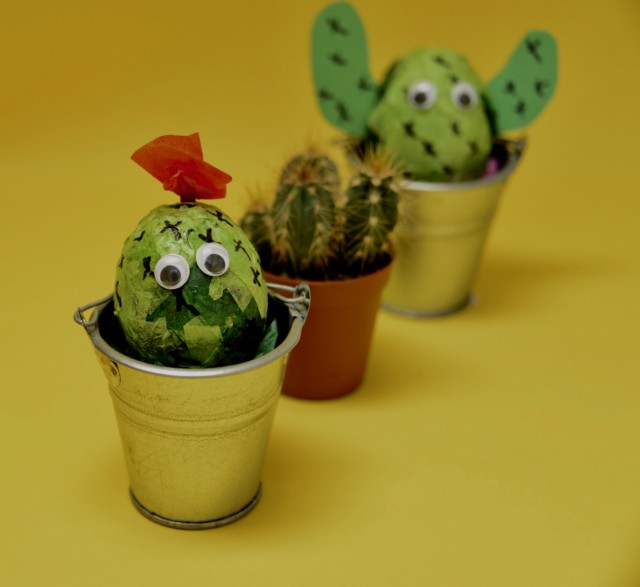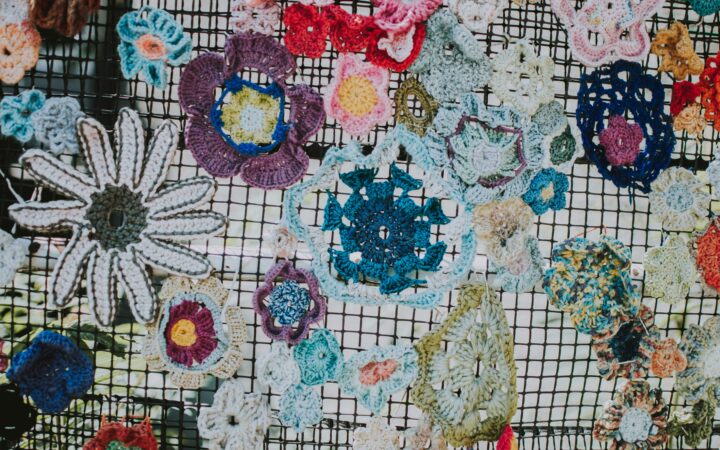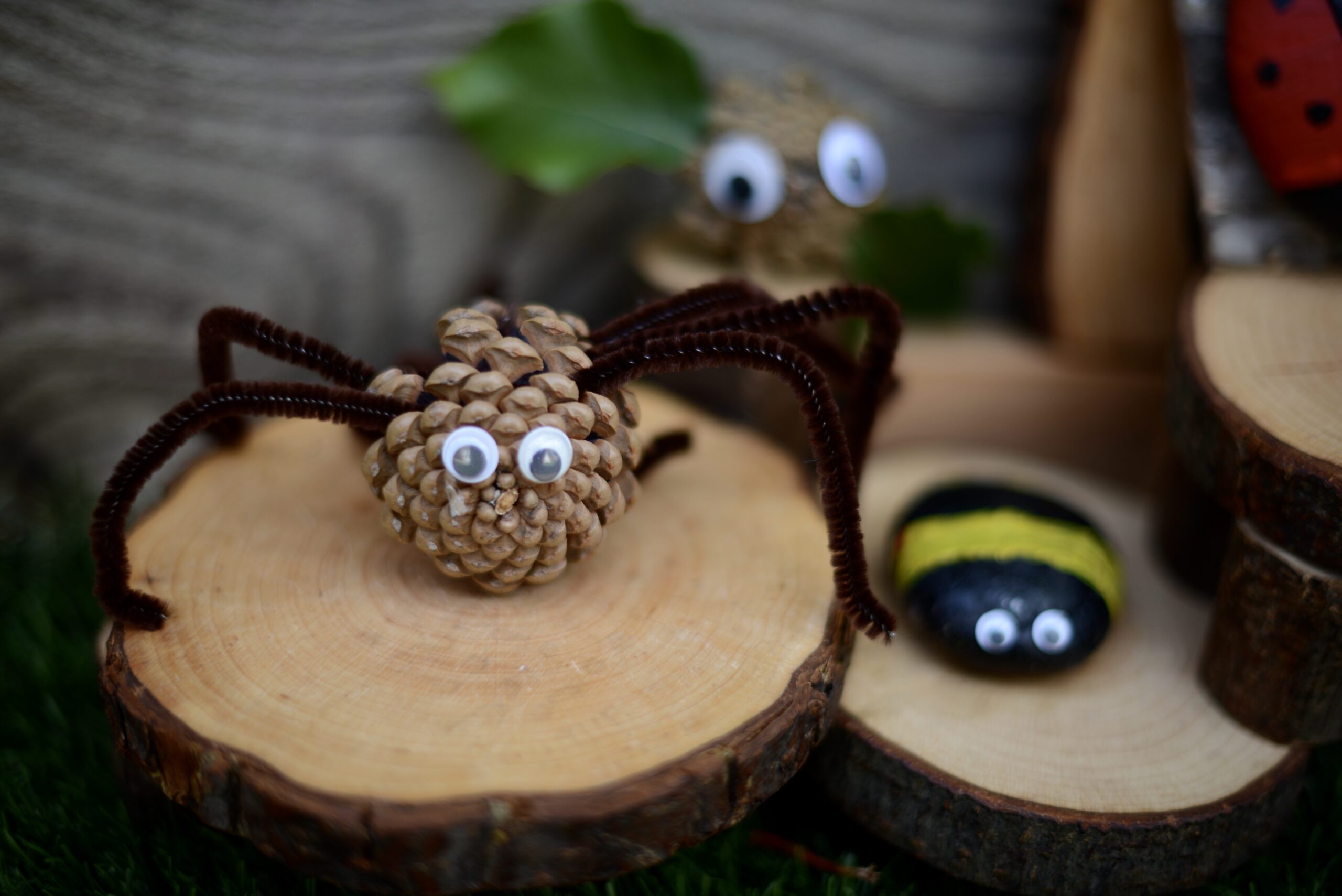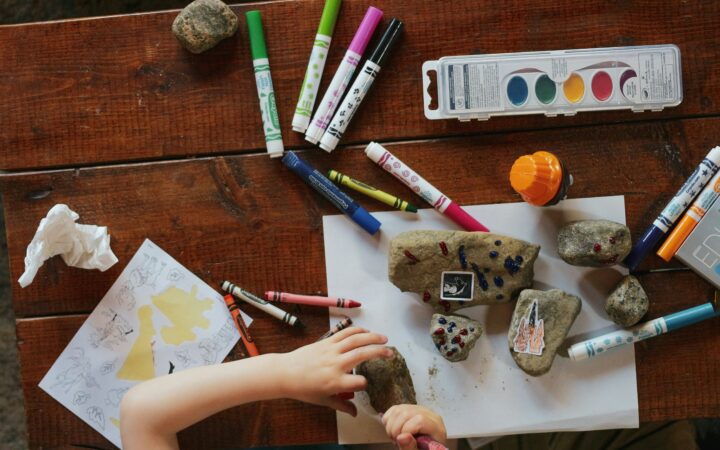If you have a little one, they will, at some point, want to wear it. It’s only natural to want to look as beautiful as mummy. Over the years, your daughter’s style will evolve, and she’ll settle on an assortment of jewellery she will love. But in the meantime, there’s bound to be a lot of experimentation.
Pixabay – CC0 License
And when we say A LOT, we mean it.
Making jewellery with your kids is a lot of fun and something that can help burn away a quarantined afternoon. What’s more, it can turn your little one into a bit of an artist. Many of the world’s top jewellery designers first learned their trade during their youth, experimenting with all manner of materials as they grew up.
Obviously, you’re not going to be working with top of the line materials, like precious stones and metals. But, as with any craft, you can create something remarkably beautiful with limited resources. It’s amazing the sort of thing you can make if you put your mind to it. The results are surprisingly professional.
If you really want an inexpensive afternoon, you can try making jewellery out of bits of dried pasta. For everything else, you’ll need to invest a bit of money in the kit, but not as much as you might think. The vast majority of it is dirt cheap.
Toilet Roll Bracelets
If you’re ever stared at a spent roll of toilet paper and thought, “that would make a great piece of jewellery for kids,” you’re not alone. These days, it’s a big thing.
Toilet rolls are the perfect shape for making cuff bracelets for kids. They’re small enough to fit tightly around their wrists. But also large enough to make working with them easy.
Making a toilet roll cuff is surprisingly easy. Take a toilet roll and flush all the paper down the loo, so you just have the cardboard interior left.
Next, cut it into quarters (or thirds, depending on how thick you want the cuff to be). Also, cut along one side of the cardboard tubing so your kids can actually take the cuff on and off.
By itself, the toilet roll isn’t particularly attractive. Nor is it robust. You need to reinforce it.
To do this, grab some coloured string and start wrapping it around the cardboard. You can either go monotone, or you can create a weaved pattern using a second piece of string. Choose a thick gauge and try to wrap it so that each strand slots snugly against the next. Then, when you’re done, tie it up at the ends so that it doesn’t slip off and that’s it!
Pom-Pom Earrings
Okay, so they’re not exactly Tragus earrings, but they are a lot of fun and super simple to make. All you need is a spherical pom-pom, a piece of string, and a method of fixing the whole thing together.
Start with your earring hook and the piece of string. Most hooks will have a small loop, usually for attaching the chain. Take your string, tie it in a knot, and then cut off any excess.
Next, attach the string to the pom-pom. The best way to do this, usually, is to use glue of some description. If you use regular weak glue, you’ll need to remind your kids to be careful not to break them – not that that will make much of a difference anyway.
Candy Rings
Candy is fun to eat, but it’s also a tremendous jewellery-making material, thanks to its unique shape and size.
To make candy rings, you’ll need some bands (metal or plastic), and a bunch of sweets that you can turn into jewellery.
Your best bet here is to use gobstoppers, bits of rock, and hundreds and thousands. Then all you need is glue.
To make these rings, you’ll need a base ring with a coin-shaped, flat surface for sticking the candy. You won’t be able to do much with just a regular band.
Once you’ve got that, look for gobstoppers. These can form the foundation of the ring.
Take some sandpaper and sand away the bottom section of the gobstopper so that it is flat. Next, cover it in a layer of glue and roll it in Hundreds and Thousands (or something similar) to give it a nice coating.
Then, once dried, stick it to the ring, with the flat, sanded side of the gobstopper attaching to the ring.
Wooden Bead Necklaces
If your daughter likes to paint, you might want to float the idea of making a wooden bead necklace. It’s super simple, inexpensive, and a great way to make something that doubles as a fun art project.
Start by grabbing some small jars and filling them with a bit of water. Then add different watercolours to each to create coloured solutions.
Next, grab some small blocks of wood or pre-made wooden beads. (If you use regular blocks, you’ll need to drill holes in them so that they fit on the string).
Place the beads in each coloured jar, one by one, depending on the colour you want. Then leave them to soak for a while. They should eventually turn the same colour as the liquid. Leave about thirty minutes for the colour to properly penetrate the wood. If it looks pale, just add more paint to the jar and try again. (You could also just use a paintbrush, but it’s a fiddly job).
Once that’s done, you’ll need a way to fish them out. Kids will use their hands, unsupervised. So unless you want to paint all over your house, you’ll need to come up with another strategy.
The best approach is to lay out an old rag or some kitchen roll and leave the wooden blocks to dry. Pick them out with some forceps or a spoon. Once dried, feed them onto a thick cord or band, tie the knot, and you’re done. Just make sure the necklace is long enough to fit over your kids’ heads.
Baked Clay Pendants
Clay is a beautiful material in so many ways. You can sculpt it, paint it and mould it to your heart’s content.
If you have some small moulds lying around, fish them out and use them. They will make it MUCH easier to get the shape that you want. Grab your clay (or make it up if you’re using a kit), and push it into the moulds. Try not to make the pendant too thick. ¼ to ⅛ inch is all you need. If you use silicone moulds, it should be relatively easy to extract.
Once you’ve made the charms, you’ll need to bake them. Lay them on parchment paper and prick a hole in the top of each for the chain.
Then bake according to the instructions. Different types of clay kits have different directions.
Wait for the charm to cool when you take them out. This usually only takes a few minutes. After that, start applying your paint. You can use regular watercolours, but sometimes, it’s nice to use acrylics on clay. Just remind your kids to be careful when using this type of paint. Try adding a base colour, and then adding gold and silver embellishments for added emphasis.
After that, let the paint dry and apply a thin gloss finish to prevent chipping. You don’t actually have to use a glaze if you don’t want to, but it can help a lot with the life of the pendant.
Finally, attach the pendant to a chain or string, and you’re done!
Wooden Disc Pendants
Wooden disc pendants are incredibly easy to make and look great at the same time.
You start with a wooden disc in the shape of a Hula Hoop and a chain. Then you just wrap it in different coloured threads to make it look more attractive.
The wonderful thing about this idea is that you don’t need any real skill at all. You just wrap the string around a few times, alternating the colours as you make your way around.
You can also use acrylics to paint the wood, creating a bunch of different patterns. Alternating colours works well. Or you can just leave it up to your kids and see what they come up with.
Most of the world’s greatest artists began plying their trade in their childhoods. The skills that you develop when you’re young stick with you for life, making this a great activity for kids. What’s more, jewellery-making is now a much bigger thing than it ever was in the past, thanks to craft eCommerce sites. People with the right skills can set up stores and start selling their amazing items online immediately.
Making jewellery also teaches kids artistic skills and motor control. Eventually, they get the hang of tying knots, holding a paintbrush, and what looks good. It takes a lot of concentration and preparation, but the results are worth it. At the end of it, your child should have a beautiful piece of work they can cherish.
Collaborative Post











Leave a Reply